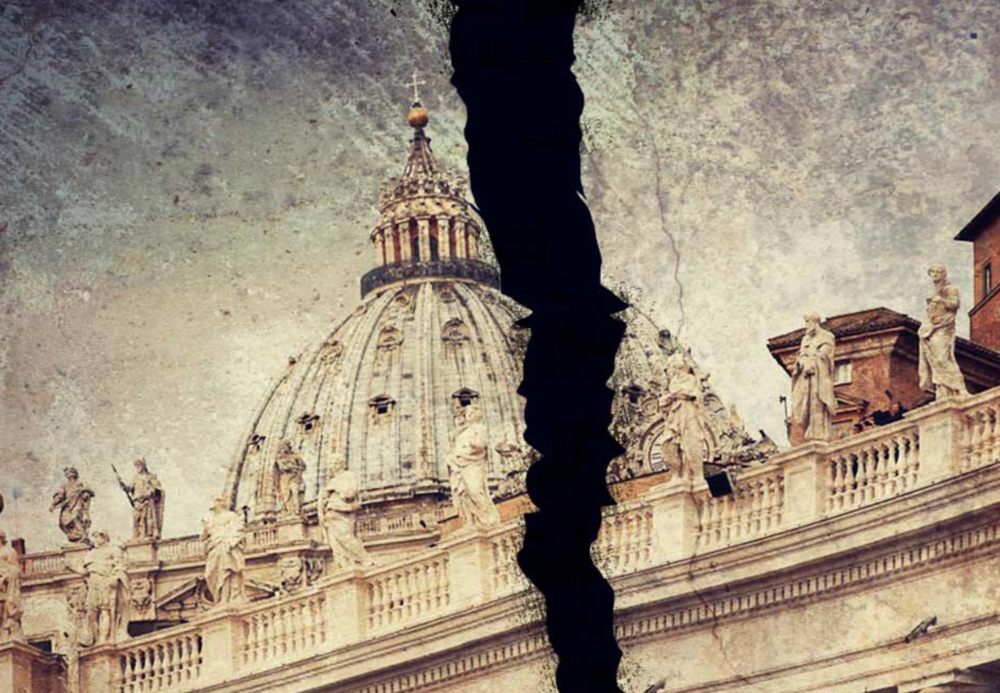Here’s a sad question for the day: How many opioid overdoses could be classified as suicides?
There’s no way to know, is there? If people are trying to bury their pain, depression and anxiety in pills or needles, how would public officials know — without a suicide note — that an overdose was intentional? What if victims are on a path suggesting that they simply don’t care whether they live or die?
Suicides involving guns are much more definitive.
This brings us to some of the issues discussed during this week’s “Crossroads” podcast (CLICK HERE to to tune that in), which focused on a totally religion-free Associated Press story that ran with this headline: “US suicides hit an all-time high last year.”
As you would expect, this report featured lots of tragic numbers and then tried to answer the “why” question in the classic journalism mantra “who,” “what,” “when,” “where,” “why” and “how.” In this case, the “why” and the “how” factors were one and the same.
GetReligion readers will not be surprised that I suggested there were cultural, moral and religious questions looming over this topic. Since I live in Southern Appalachia, I offered some research tips for how religion-beat journalists — if editors were to give them a chance — could find ways to broaden this topic to include trends (such as opioid overdoses) linked to the suicide numbers. Hold that thought.
First, here is the AP overture:
NEW YORK (AP) — About 49,500 people took their own lives last year in the U.S., the highest number ever, according to new government data posted Thursday.
The Centers for Disease Control and Prevention, which posted the numbers, has not yet calculated a suicide rate for the year, but available data suggests suicides are more common in the U.S. than at any time since the dawn of World War II.










